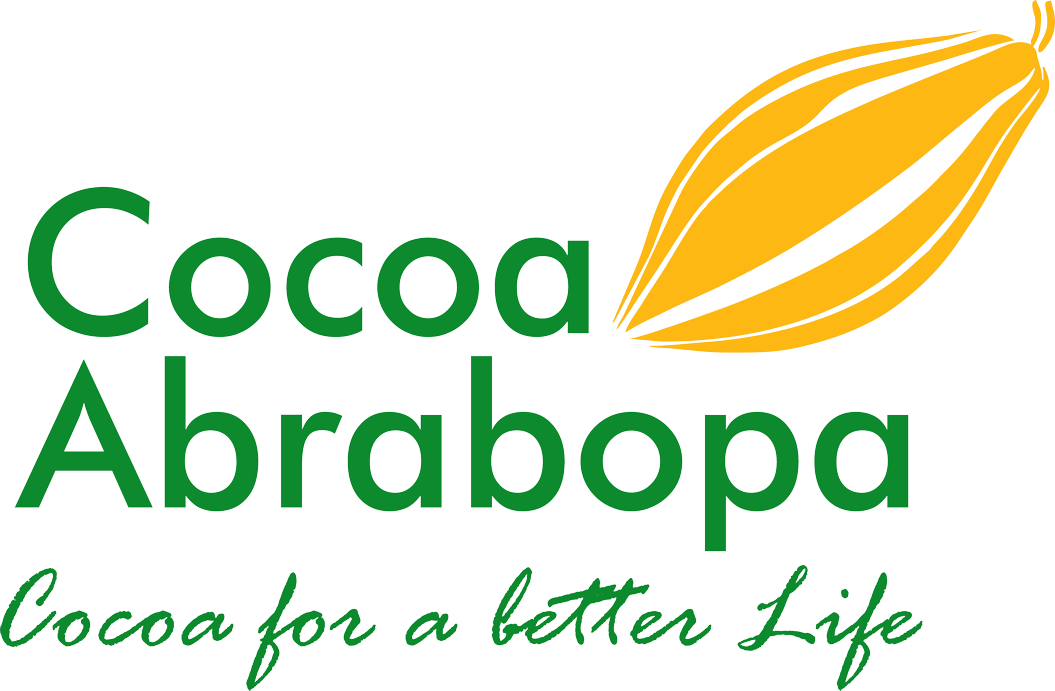At the start of 2019, we developed a new policy to tackle child labour in cocoa farming.
Support instead of punishment
Our initial approach, which had been in place since 2009, was based on zero tolerance. When we found that members were in any way involved in child labour, they were suspended immediately. We noticed, however, that this punitive approach didn’t make things better. That is why we moved to a more supportive approach which will be fully integrated within the Association.
New policy
In late 2019, the CAA received technical support from the International Cocoa Initiative (ICI), thanks to immense support from our dedicated customers Mars and Sucden. Together, we developed a model to fully integrate the CLMRS into our association in the coming years. The new CLMRS has clear goals:
- To identify existing child labour cases and families at risk of child labour and school attendance;
- To reduce child labour on farms and in households of CAA members and sharecroppers;
- To increase the percentage of children of CAA members and their sharecroppers attending school.
The CAA will start with a Child Labour Risk Assessment, the first phase of which will consist of a Household Survey among member households and sharecroppers living and working on or near their farms. When child labour is identified, an additional Community Profile Questionnaire will be conducted.
With this assessment, we will register school attendance, the number of children and households who are involved in child labour, and those who are most at risk of succumbing to child labour. Households will be classified into three different categories:
- High risk of child labour
- Low risk of child labour
- Households actually identified as engaging in child labour
Households in the last category will receive an immediate follow-up with a needs assessment, remediation, and monitoring during the Child Labour Risk Assessment. The high-risk category will receive continued farm and community visits to identify possible child labour and to raise awareness. Whenever child labour is detected, the same protocol will be initiated as for the third category. Households classified in the low-risk category will receive an unanounced farm visit at least once a year.
For the Child Labour Risk Assessment, the CAA will employ Child Development Officers (CDOs), who will be trained by the International Cocoa Initiative (ICI). All CDOs will travel around on motorbikes and use a mobile app to record the data they collect. When they identify cases of child labour during the assessment, the CDOs will immediately continue with follow-up visits, remediation, and monitoring.
After phase 1, the CDOs will continue with phase 2: Targeted monitoring and child labour assessment in communities on a daily basis. Each CDO will frequently visit the approximately 150 households considered to fall into the high-risk category. CDOs will also conduct household interviews and raise awareness in households, farms, and communities. Children identified as being involved in child labour will receive follow-up visits, supported with needs assessments, remediation activities and direct child support, and regular monitoring, until it is clear that the situation of the child has improved and they are attending school. The CDOs, in collaboration with the Technical Coordinator (TC), are responsible for documented, unannounced farm visits throughout the year for all high-risk and low-risk categorised households in the operational area.
When new members join the association, the CDOs will carry out an household survey to determine whether the households will be categorised as low-risk or high-risk every year. Each household categorised as low-risk will be subjected to a survey once every three years to re-evaluate whether they are still low-risk or whether they are in the high-risk category.
ICI will train all CAA staff on child labour and the CLMRS. The association will provide annual training, given by the Technical Coordinators (TCs), who also provide extension, training, registration, inspection, input distribution, and credit repayment services to farmers. The CDOs will provide on-the-spot awareness training sessions all year long during their CLMRS activities, which is a key element of the remediation process.
All field staff will be trained by ICI to identify and report suspected cases of child labour. When suspected cases are identified, those children/families will be referred to the Child Development Officers (CDOs) and added to the high-risk category for frequent visits and follow-ups.
An Assess and Address Committee will be formed that, in addition to gender and grievance procedures within the association, will also be concerned with the CLMRS. The committee will meet bi-monthly to discuss progress, challenges, and the way forward. It will represent some of the elected Council members in the regions were the CLMRS is implemented. Furthermore, the committee will be supplemented with the certification manager, Child Development Coordinator, and Executive Secretary.
